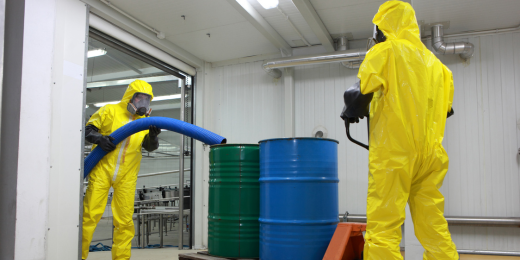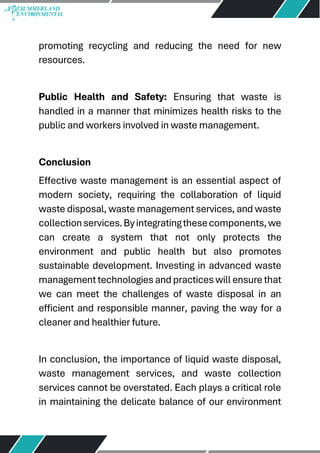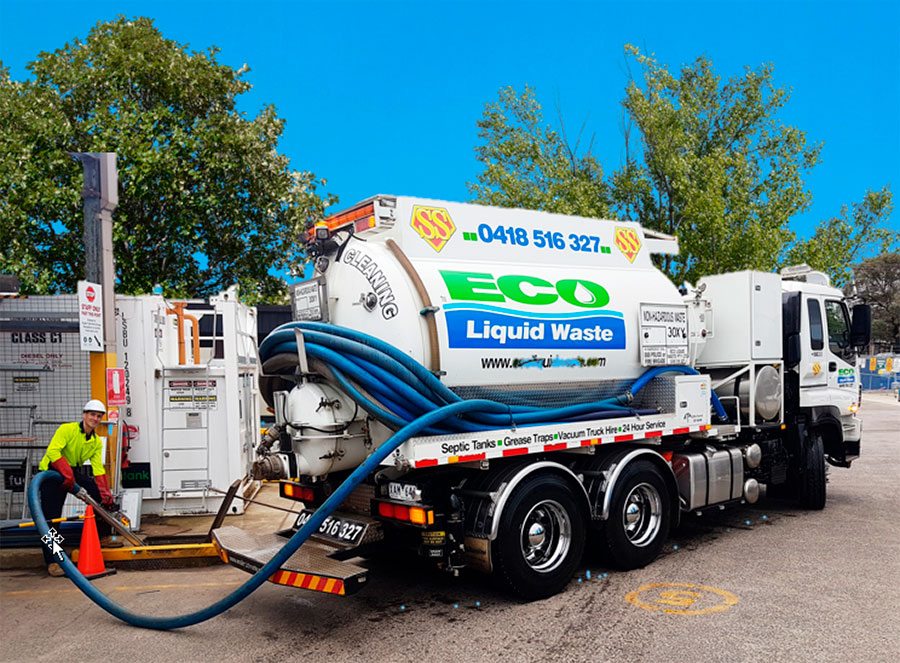Some Known Details About Reclaim Waste
Table of ContentsTop Guidelines Of Reclaim WasteFascination About Reclaim WasteThe Only Guide for Reclaim WasteSome Ideas on Reclaim Waste You Need To KnowSee This Report on Reclaim WasteThe smart Trick of Reclaim Waste That Nobody is Discussing

Never put hazardous materials down sinks, toilets or stormwater drains pipes Materials including petroleum, grease, oil, pesticides and herbicides, and solvents such as paint pole dancers should not be poured down sinks, commodes or stormwater drains. These compounds are hard to eliminate in the sewer therapy process and trigger pollution troubles in our regional waterways.

Although fluid waste is a term that covers a wide selection of materials, there's a good reason leaving its disposal to the experts is advised. Liquid waste is non-solid material that has no more usage and must be dealt with and dealt with according to regional, state and government regulations.
How Reclaim Waste can Save You Time, Stress, and Money.
Examples of fluid waste can consist of wastewater, fats, oils or grease, used oil, fluids, solids, gases or sludges and unsafe house fluids, there are some that are thought about to be much more dangerous than others when it comes to the environment and the wellness of pets and people alike. It's therefore that each state and area have actually stringent policies linked to liquid waste monitoring.
Fluid waste can be saved in holding tanks or packaged in drums, intermediate mass containers or approved small containers before either being dealt with or gotten rid of via outsourced vacuum trucks. Given the nature of the materials, liquid waste can not go in the basic waste stream and there are stringent policies on how to get rid of it appropriately.
(https://www.storeboard.com/reclaimwaste2)Relying on a decision of the level of threat, it may be required to remediate those websites. Additionally, unsafe liquid chemical wastes are regulated waste and needs to be tracked based on the state waste regulation. Under the chain of wardship and duties, owners are liable and responsible for waste generated by a business.
Among the core applications for superabsorbent polymers (SAPs) is liquid waste solidification. liquid waste disposal. SAPs are used by waste administration specialists to protect against possibly damaging liquids from entering waterways, groundwater aquifers, and various other sensitive settings. Because fluids can quickly transport pollutants right into environmental receptors and possibly add to geotechnical failures, fluid wastes are usually forbidden from disposal in land fills
The Basic Principles Of Reclaim Waste
Essentially, totally free fluids are liquids that divide from the strong part of waste material. Fluid waste can include the following: HDD mud and cuttings Garbage dump leachate Wastewater therapy sludge & biosolids Dredged debris Oil and gas drill cuttings Resolving fish pond filth Hydro Excavation slurry Coal burning residuals/ash Storage tank base sludge Concrete grinding/polishing slurry Associated Post: For a sensible example of cost-free fluids dividing from waste material, think about the adhering to scenario: A waste monitoring service provider lots a dump vehicle with sludge from a wastewater treatment plant's aeration basin, throughout a regular maintenance occasion.
When the chauffeur shows up at the land fill, he notifications water leaching from the sludge and putting from the dump vehicle. The tons was declined by the garbage dump and the chauffeur was forced to deal with the waste as a fluid waste at an unique center, which enhanced the disposal fees enormously.
We also require to be responsible for the correct disposal of our waste products. It is not enough that we pay waste disposal business to take care of our rubbish.
The Main Principles Of Reclaim Waste

Segregating your waste can start inside the home. Segregate dry and fluid waste as well as edible waste, biodegradable and non-biodegradable materials.
You can utilize old trash can, bucket, garden pot or old plastic drums. Pierce 4 to 5 openings in the container so the air can circulate. Layer the bottom with soil to take in the damp waste. Beginning the composting procedure. Layer the compost with wet and dry waste in addition to dirt to keep an equilibrium in between the wet and the dry.
The Ultimate Guide To Reclaim Waste
To facilitate faster disintegration, you can additionally add semi composted dirt to the garden compost. If you discover the smell is coming to be as well strong, include additional newspapers and paper waste or include even more holes to the garden compost container to maintain the balance of the waste products.
We likewise require to be accountable for the proper disposal of our waste materials. It is not sufficient that we pay waste disposal business to take treatment of our rubbish.
Our waste, our obligation. Have you ever before wondered what takes place to your liquid waste after it's accumulated? Did you know that fluid waste can be recycled? As accountable people, you must understand what takes place to your rubbish and where it goes after it is taken away from you. Recognizing the fluid waste removal process is very important in helping you to segregate your waste.
The 25-Second Trick For Reclaim Waste
Segregating your waste can begin inside the home. Set apart completely dry and fluid waste as well as edible waste, naturally degradable and non-biodegradable products.
You can utilize old trash can, container, garden pot or old plastic drums. Drill four to five holes in the container so the air can distribute. Layer the base with soil to take in the wet waste. Start the composting process. Layer the garden compost with damp and completely dry waste along with dirt to preserve a balance between the wet and the completely dry.
Cover click here to find out more the garden compost container. Once a week, include soil on top of the compost. To facilitate faster disintegration, you can also add semi composted soil to the garden compost. Maintain the compost. If you notice the smell is coming to be as well solid, add additional newspapers and paper waste or include even more openings to the garden compost container to maintain the equilibrium of the waste materials.